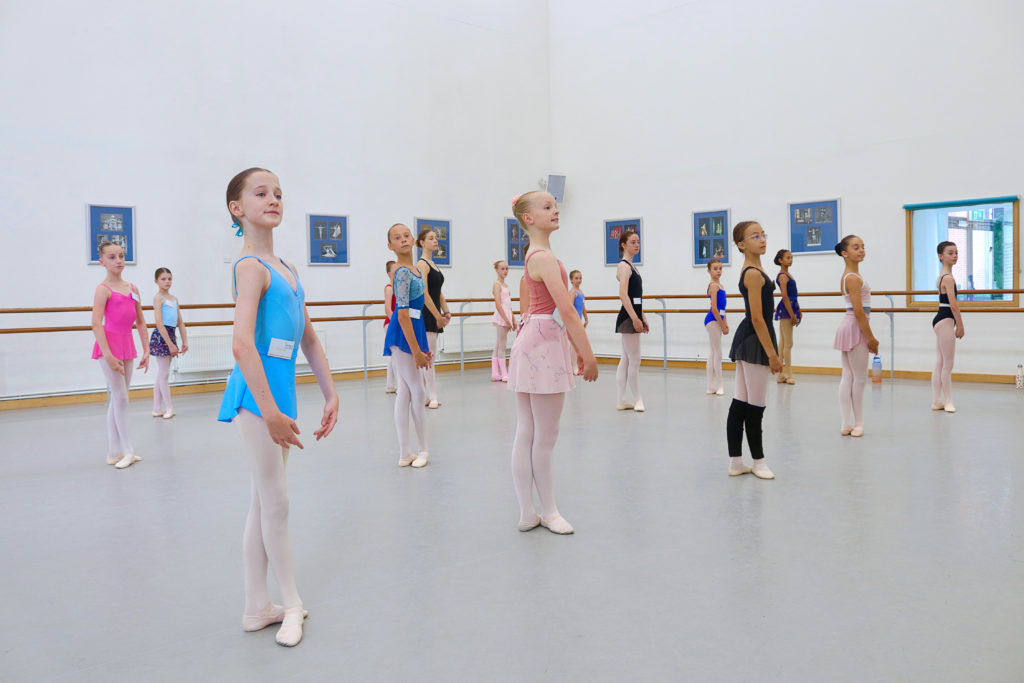What to Consider Before Signing Up for an International Summer Study Program
Dance training and a wealth of new experiences: International summer study can mean the best of both worlds. One of the central benefits of a summer intensive—being introduced to people and ideas you wouldn’t encounter at your home studio—expands even more in an overseas program. “Dancers can expect to gain the opportunity of understanding dance from a different perspective, to meet new teachers and a different culture,” says Élisabeth Platel, director of the Paris Opéra Ballet School. To truly be able to benefit from the opportunities presented by an international summer program, dancers need to both prepare in advance and arrive with an open mind, ready to learn.
Embracing New Experiences
Students have the opportunity to sample a school’s offerings—without having to commit to a year away from home—with an international summer program. “The Summer School offers the same teaching as that given to the students of the Paris Opéra Ballet School during the year,” explains Platel, including Baroque dance, folk dance and repertoire specific to the French tradition.
In contrast to the five or six weeks American dancers might be accustomed to spending in a program, international summer intensives instead often last one or two weeks. “My personal feeling is that a course should be an experience or ‘flavor’ of the training methodology on offer,” says Robert Parker, artistic director of Elmhurst Ballet School in the U.K., “a way to learn more about the style and history of dance in that country and learn from a variety of professionals.”
That’s not to say that a shorter program can’t be just as challenging. “The days are packed with activity,” continues Parker, “and although they don’t replicate precisely a typical week at Elmhurst, they certainly provide a taste of the intensity of vocational training and the physical stamina required. At the end of the week, students are fitter, stronger and more resilient. If students are undecided whether life as a vocational dancer is right for them, this is certainly a good place to start.”
Interested in staying longer? Platel notes that summer at POB should not be considered equivalent to an audition for the year-round program, since whirlwind intensives provide relatively little time for faculty to evaluate students’ potential. On the positive side, dancers can combine multiple international one- or two-week courses into one summer (schedules and budget permitting). Call it a world tour of dance!

Culture Shock
So as to better understand the cultural context(s) they’re entering, dancers (and their parents) should do research in advance of a summer program overseas. That said, dance-studio culture largely tracks from one country to another, and English tends to be the working language of summer intensives open to Americans (though applicants should always double-check this detail). Language barriers can present obstacles to extracurricular socializing, however, and different cultures’ attitudes toward handling daily matters like bagging groceries, disposing of trash and recycling, and—a big one in some parts of Europe especially—smoking indoors, can come as a surprise.
Organization and Persistence
Applying to an international summer program might be simpler than you think, as many consist mainly of an application form and dance photos. From there, keep in mind that international programs vary widely in their schedule of fees and means of accepted payment—and that some institutions are not set up to seamlessly accommodate application materials or funds sent from abroad. To keep pace with deadlines and minimize stress, communicate frequently with program staffers.
Speaking of fees, take heart: Even for dancers of limited budgets, a summer of study abroad may well be in reach. As in the U.S., full scholarships covering tuition, room and board, and outside-of-studio activities are often available to talented students. To avoid sticker shock, “I would always advise to research what the tuition cost covers and whether there may be additional costs not included in the package,” Parker says. “We would prefer to work with parents to enable their child to attend the course and follow their passion. If in doubt, please pick up the phone.” Unless you try, you’ll never know what international dance adventures might be within your grasp.




